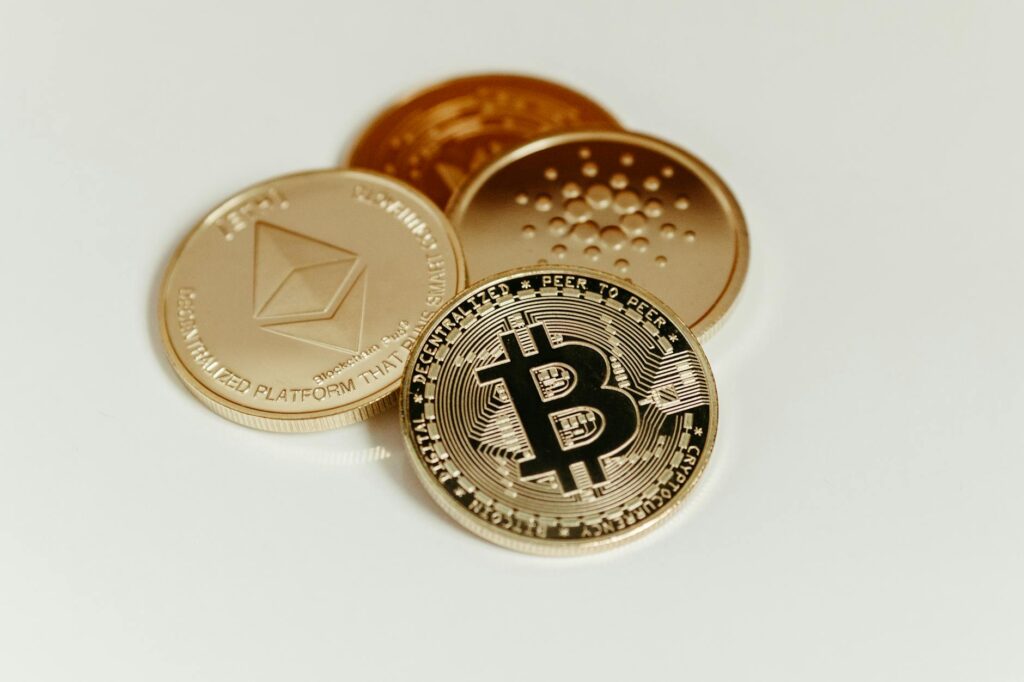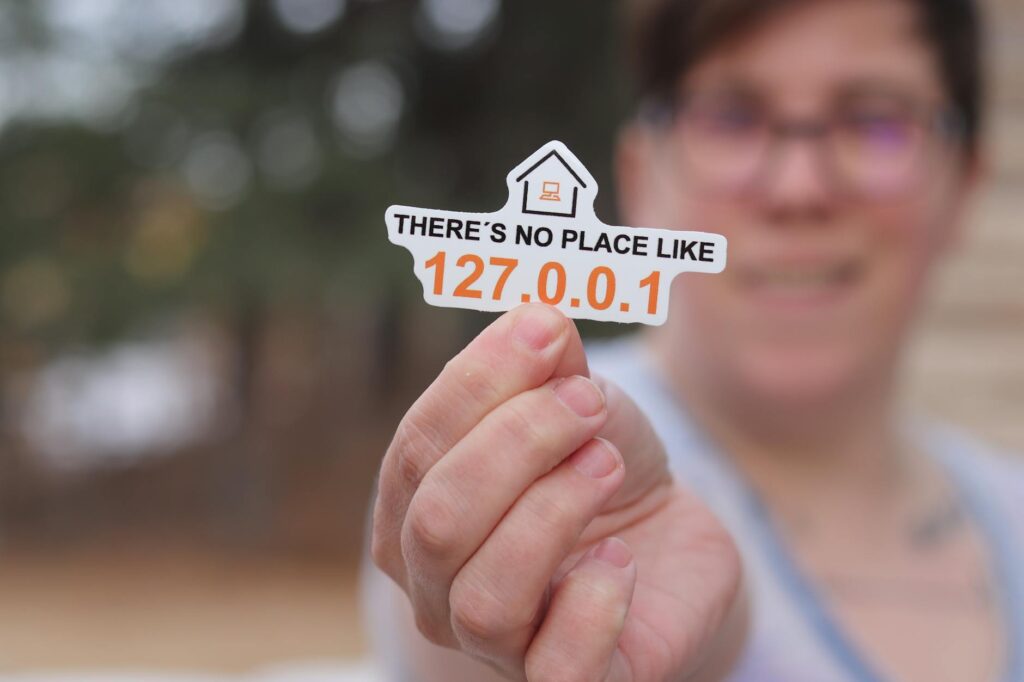The Excitement, The Click, The Emptiness: Unmasking Fake NFT Mints
You’ve been following the project for weeks. The art is incredible, the community on Discord is buzzing, and the founders seem poised to change the game. The mint day arrives. Your heart pounds as the countdown timer hits zero. You rush to the site, connect your wallet, approve the transaction for the 0.08 ETH mint price, and… nothing. You check your wallet a minute later, not to see your shiny new NFT, but to find that every token, every NFT you’ve collected over the years, is gone. The Discord has vanished. The Twitter account is deleted. You’ve just become the latest victim of one of the most ruthless scams in the Web3 space: fake NFT mints.
This isn’t just a rare horror story; it’s a daily reality. Scammers are becoming terrifyingly good at creating elaborate traps that look and feel exactly like legitimate, high-profile project launches. They prey on the Fear Of Missing Out (FOMO) that defines so much of the NFT world, turning your excitement into their payday. But you don’t have to be a victim. Understanding their playbook is the first and most critical step to protecting your digital assets. This isn’t just about losing a bit of crypto; it’s about safeguarding your entire digital portfolio.
Key Takeaways
- Scammers Create Clones: Fake minting sites are often pixel-perfect copies of legitimate project websites, designed to trick you into connecting your wallet.
- It’s Not About the Mint Fee: The real danger is the malicious smart contract. Scammers trick you into signing a transaction that gives them permission to drain all assets from your wallet, not just the mint fee.
- Hype is Manufactured: Scammers use social media bots, compromised influencer accounts, and fake engagement to create a false sense of urgency and legitimacy.
- A Burner Wallet is Your Best Defense: Never mint from your main wallet. Using a separate, ‘burner’ wallet with only the funds needed for the mint drastically limits your potential losses.
- Verification is Non-Negotiable: Always double-check URLs, verify contract addresses on a block explorer, and be skeptical of DMs and surprise announcements.
What Exactly Are Fake NFT Mints?
Let’s get the basics straight. A legitimate NFT mint is the process of creating a new NFT on the blockchain. You go to the project’s official website, connect your crypto wallet, pay a set price (plus gas fees), and in return, a unique token is created and sent to your address. It’s a pretty straightforward digital purchase.
A fake NFT mint, on the other hand, is a wolf in sheep’s clothing. It’s a sophisticated phishing attack disguised as a real mint. The front end—the website you see—looks perfect. It has the right logos, the cool art, the countdown timer, everything. But the back end—the smart contract code you interact with when you click ‘Mint’—is a digital trap door. Instead of a contract that says, “Take 0.08 ETH and give this person one NFT,” the malicious contract says something far more sinister.
It might say, “Grant me, the scammer, permission to spend all of your USDC.” Or even worse, it might be a “set_approval_for_all” function, which is the skeleton key to your digital vault. When you approve that transaction, you are effectively telling the blockchain, “This other person (the scammer) is allowed to move, sell, or transfer any and all of the NFTs in my wallet, anytime they want.” You think you’re buying a cool PFP, but you’re actually handing over the keys to your entire collection.

The Scammer’s Playbook: A Masterclass in Deception
These scams aren’t thrown together haphazardly. They are orchestrated campaigns designed to manipulate human psychology. They build trust, create urgency, and then exploit it at the perfect moment. Here’s how they do it, step-by-step.
The Hype Machine: Manufacturing FOMO on Social Media & Discord
Every successful scam starts with building a believable story. Scammers will create Twitter and Discord accounts weeks or even months in advance. They’ll steal art from talented, unknown artists to use as their own. Then, they buy the illusion of popularity.
- Bot Armies: They purchase tens of thousands of fake followers to make the project look established. They use engagement bots to flood every post with generic, positive comments like “LFG!”, “This is the next blue chip!”, or “WEN MINT?”
- Compromised Accounts: A favorite tactic is hacking the Twitter account of a well-known influencer or a legitimate, existing NFT project. They’ll suddenly delete all previous tweets and post a surprise “stealth mint” announcement, catching the real followers of that account completely off guard.
- The Discord Takeover: Scammers infiltrate popular, legitimate Discord servers. They might hack an admin’s account or use webhooks to post a message that looks official, announcing a ‘shock drop’ or a ‘special mint for community members’ with a link that leads directly to their malicious site. The message is sent from a trusted source inside a trusted community, making it incredibly effective.
This relentless, manufactured hype creates an intense sense of FOMO. You feel like you’re about to miss out on the next big thing, which makes you more likely to rush and less likely to perform your due diligence.
The Phishing Website: A Perfect, Deadly Clone
The centerpiece of the scam is the website. Scammers use tools to rip a complete copy of a real project’s website, or they create a template that looks incredibly professional. Everything is designed to lower your guard.
- Typosquatting: The URL will be almost identical to the real one. If the real site is `coolcatsnft.io`, the scam site might be `coo1catsnft.io` (with a number 1) or `coolcatsnft.co`. These subtle differences are easy to miss when you’re in a hurry.
- Stolen Assets: The roadmap, the team bios (often using fake or stolen photos), and the art are all lifted from other places. It’s a collage of legitimacy, but it’s paper-thin if you know where to look.
- The Illusion of Activity: Some scam sites even have a fake “live mint feed” showing transactions that aren’t really happening, further pressuring you into thinking, “Everyone else is minting, I need to get in now!”
The Malicious Smart Contract: The Digital Trap
This is where the real damage is done. When you arrive at the fake site and click “Connect Wallet,” your MetaMask (or other wallet) pops up and asks for permission. Then, when you click “Mint,” it pops up again asking you to sign a transaction. This is the moment of truth. Scammers rely on the fact that 99% of users don’t—or can’t—read the technical details of the contract interaction they are about to approve.
Instead of a simple payment, the transaction you’re asked to sign is a permission slip. Think of it this way: a normal transaction is like giving a cashier $5 for a coffee. A malicious signature approval is like co-signing a loan application that gives the cashier access to your entire bank account to “withdraw funds as needed.” You have no idea what you’re truly agreeing to until it’s too late.
Red Flags: How to Spot Fake NFT Mints Before You Lose Everything
Okay, so the scammers are clever. But they aren’t invisible. They leave clues, and if you cultivate a healthy sense of skepticism, you can spot them a mile away. Your best defense is a good offense—proactively looking for these red flags.

The “Too Good To Be True” Offer
This is the oldest trick in the book. Scammers prey on greed. Be extremely wary of:
- Surprise “Free Mints”: While some legitimate projects do free mints, they are often announced far in advance. A sudden, unannounced free mint from a major project or influencer is almost always a scam. They’ll hook you with “free,” but the contract you sign will drain your wallet.
- Unrealistic Promises: Guarantees of immediate floor price sweeps, promises of partnerships with huge brands like Apple or Nike right out of the gate, or claims of revolutionary “tokenomics” that defy logic are huge red flags.
- DM Deals: You will NEVER get a direct message from a legitimate project founder (like Yuga Labs or Doodles) with a special link for you to mint. All official links are shared publicly in their main channels. Any DM with a link is a scam. Period.
Scrutinizing the Socials and Community
Don’t just look at the follower count. Dig deeper.
- Check Account Age: Is the project’s Twitter account only a few weeks old but has 100k followers? Suspicious.
- Analyze the Engagement: Read the replies to their tweets. Is it just thousands of identical, low-effort comments? Or are real people having genuine conversations and asking thoughtful questions?
- Are the Founders Doxxed?: Is the team public, with real names linked to active LinkedIn and Twitter profiles? While anonymity doesn’t automatically mean it’s a scam, a fully anonymous team on a high-value project should increase your skepticism.
- Discord Vibes: Is the Discord community genuinely helpful, or is it just filled with hype and mods who ban anyone asking tough questions about the contract or the team?
A Critical Point on Wallet Signatures: Every time your wallet asks you to ‘Sign’ a message, you are giving a website some kind of permission. It might be to verify you own the wallet, or it might be to drain it. Never blindly sign transactions. If a site feels even slightly off, just close the tab. It’s not worth the risk.
I Think I’ve Been Scammed. Now What?
If the worst happens and you realize you’ve signed a malicious transaction, you must act with extreme speed. Every second counts.
- Revoke Permissions Immediately: Go to a trusted token approval checker like Revoke.cash. Connect your wallet and look for any recently approved, suspicious permissions, especially “unlimited” approvals on your valuable tokens. Revoke them immediately. This will cost a small gas fee, but it’s essential to sever the scammer’s access.
- Transfer Assets to a Secure Wallet: Even after revoking, assume the wallet is compromised. Create a brand new, clean wallet. Then, as quickly as you can, transfer any remaining, high-value assets (ETH, other NFTs) from the compromised wallet to your new, safe one. The scammer might have a script running to automatically grab anything new, so you are in a race against them.
- Report and Warn Others: Report the scam Twitter account, the website URL to its registrar, and warn others in any relevant communities you’re a part of. You might save someone else from the same fate.
Unfortunately, it’s crucial to be realistic. Due to the decentralized and often anonymous nature of the blockchain, once your funds are gone, they are almost certainly gone for good. The focus must be on immediate damage control and future prevention.

Proactive Protection: Building Your Crypto Fortress
The best way to deal with a scam is to never fall for it in the first place. Integrating these habits into your Web3 routine will make you a much harder target.
Use a Burner Wallet: Your #1 Defense
This is the single most important piece of advice. Never, ever mint from your main wallet where you store your valuable assets. Set up a separate “burner” wallet for minting and connecting to new, unproven dApps. Before you mint, send only the exact amount of crypto needed for the mint (plus a little extra for gas) to this burner. If the site turns out to be a scam, the most they can steal is the small amount in that wallet. Your main collection remains safe and sound in your vault.
The Power of Bookmarks
Never navigate to a minting site by clicking a link from Discord, Twitter, or especially a DM. Go to the project’s official Twitter or Discord, find the official link they have posted, type it into your browser manually once, and then bookmark it. From then on, only use your own trusted bookmark to access the site. This completely neutralizes the risk of clicking on a clever phishing link.
Read What You’re Signing
This is more advanced, but it’s becoming easier. When your wallet pops up, don’t just reflexively click “Confirm.” Take a second to see what it’s asking for. Is it asking for access to a specific token? Is it asking for sweeping “approve for all” permissions? New wallet extensions and tools are emerging that help simulate transactions and show you in plain English what you’re about to agree to. Start using them.
Conclusion
The world of NFTs is exciting, fast-paced, and full of incredible opportunities. But that excitement is a magnet for bad actors who want to exploit your enthusiasm for their own gain. The threat of fake NFT mints is real and growing more sophisticated every day. But it’s not an unbeatable threat. By trading FOMO for a healthy dose of skepticism, by prioritizing verification over speed, and by using simple security tools like burner wallets and bookmarks, you can navigate this space safely. The goal isn’t to be afraid to participate; it’s to be smart enough to participate without becoming a statistic. Stay vigilant, trust your gut, and protect your assets.
FAQ
Can I get my crypto back after being scammed by a fake mint?
In the vast majority of cases, no. Due to the irreversible and decentralized nature of blockchain transactions, once the assets are transferred from your wallet, they are effectively gone forever. This is why prevention is so critically important.
Is every ‘free mint’ a scam?
Not necessarily. Many legitimate projects use a free mint strategy to build a community and distribute their collection widely. However, free mints are a very common tactic for scammers because the lure of ‘free’ makes people lower their guard. You must be extra diligent and perform all the same security checks you would for a paid mint. If it’s a surprise free mint from an account you don’t fully trust, it’s best to assume it’s a trap.
What’s the single most important thing I can do to stay safe?
Use a burner wallet for minting. It’s the simplest and most effective way to limit your potential losses. By only putting the required funds for a single transaction into a separate wallet, you ensure that even if you fall for the most convincing scam, your main portfolio of valuable assets remains completely untouched and secure.


